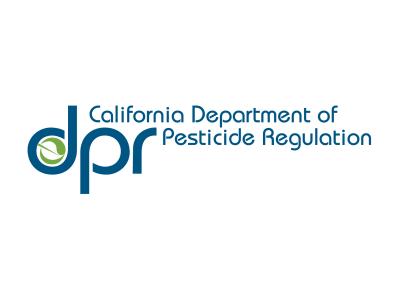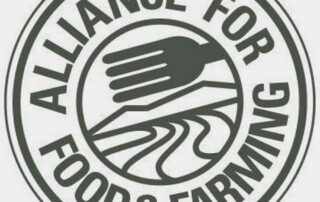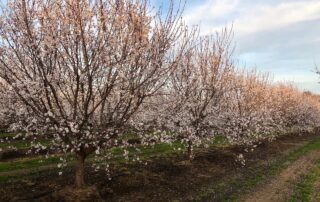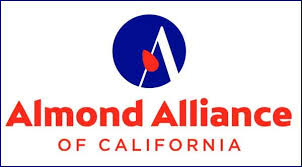Organic Farmers to get Technical Assistance From CDFA and UC ANR
By Pam Kan-Rice, UCANR
The California Department of Food and Agriculture is awarding $1.85 million to the University of California Agriculture and Natural Resources to increase technical assistance for California’s organic farmers.
CDFA’s State Organic Program is executing $850,000 in contracts with UC ANR to run through September 2024, while CDFA’s Office of Environmental Farming and Innovation is awarding a $1 million grant to run from July 2022 to June 2025.
“California farmers provide 36% of all organic production in the United States,” said CDFA Secretary Karen Ross. “This funding expands technical assistance to growers transitioning to certified organic agriculture and supports our strong California community of organic farmers and consumers by conducting field trials and demonstration projects with farmers to improve organic practices.”
California organically farms just over 2 million acres, which is about 8% of the total agricultural acreage in the state, and will likely continue to expand over time as long as consumer demand continues to rise, according to Houston Wilson, director of UC ANR’s Organic Agriculture Institute.
“Demand for organic agriculture has consistently grown every year for the past two decades,” Wilson said. “Organic currently accounts for 5.8% of domestic food sales.”
“We are excited to see CDFA increasing support for organic agriculture as part of a broader climate-smart agriculture strategy,” said Wilson. “As demand for organic continues to rise, California growers need increasingly targeted technical assistance in all areas of organic production and marketing.”
The CDFA funds will allow UC ANR to hire two academic coordinators, which are currently being recruited.
“The academic coordinators will work directly with growers, as well as develop research and extension projects that will involve existing UC Cooperative Extension personnel,” Wilson said. “One of the coordinators will specifically focus on connecting our efforts with small-scale and historically underserved growers through our partnership with the UC Small Farms Program.”
The organic practices can be used by conventional farms as well as organic farms.
“Just as organic farmers benefit from UC ANR’s pest management, irrigation and crop production research, the new knowledge developed on organic practices by the UC Organic Agriculture Institute will be useful for all California farmers,” said Glenda Humiston, UC vice president for agriculture and natural resources.
Some of the key UC ANR project objectives include:
- Conduct research on soil health management, carbon sequestration and crop rotations in organic systems
- Create new extension and training opportunities for organic growers across California
- Provide technical assistance to both certified and transitioning organic growers
- Review and summarize organic acreage and practices in California
- Develop economic analysis of organic production and markets
The 2022-2023 state budget signed last week by Gov. Gavin Newsom includes $5 million in funds for CDFA to assist farmers with transitioning to organic operations, and the USDA recently announced an investment of up to $300 million for the same purpose.
















